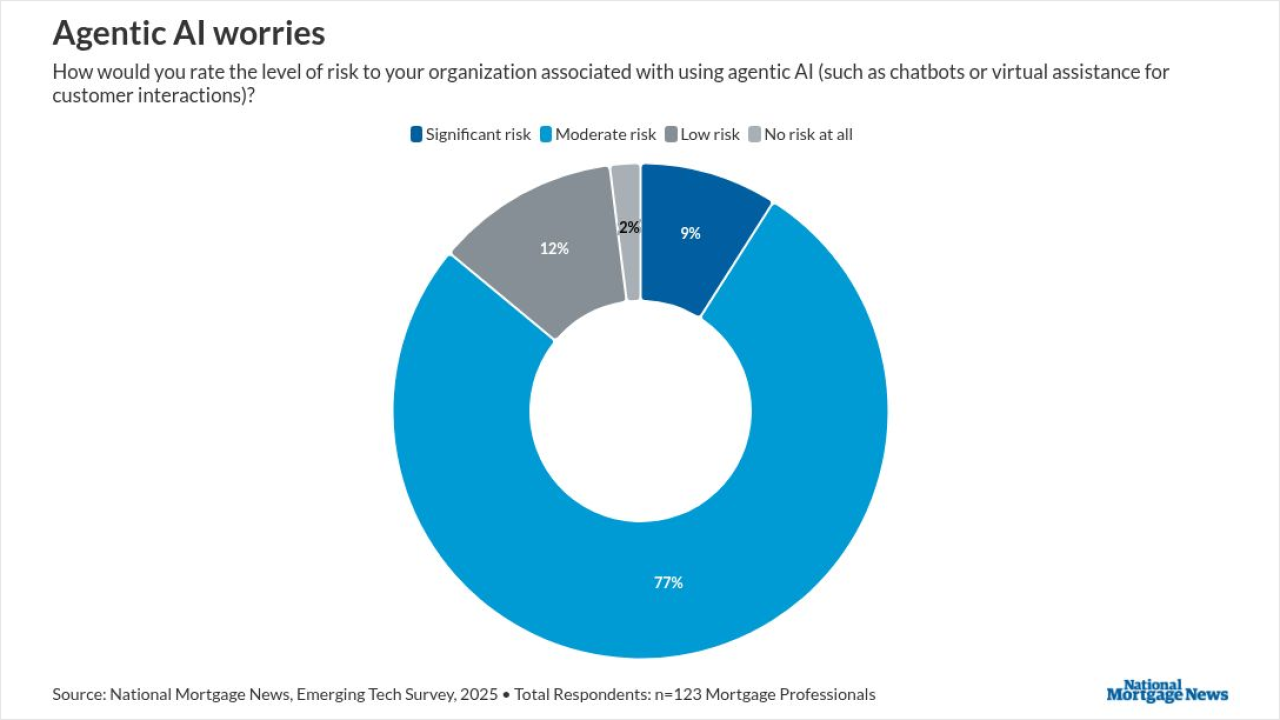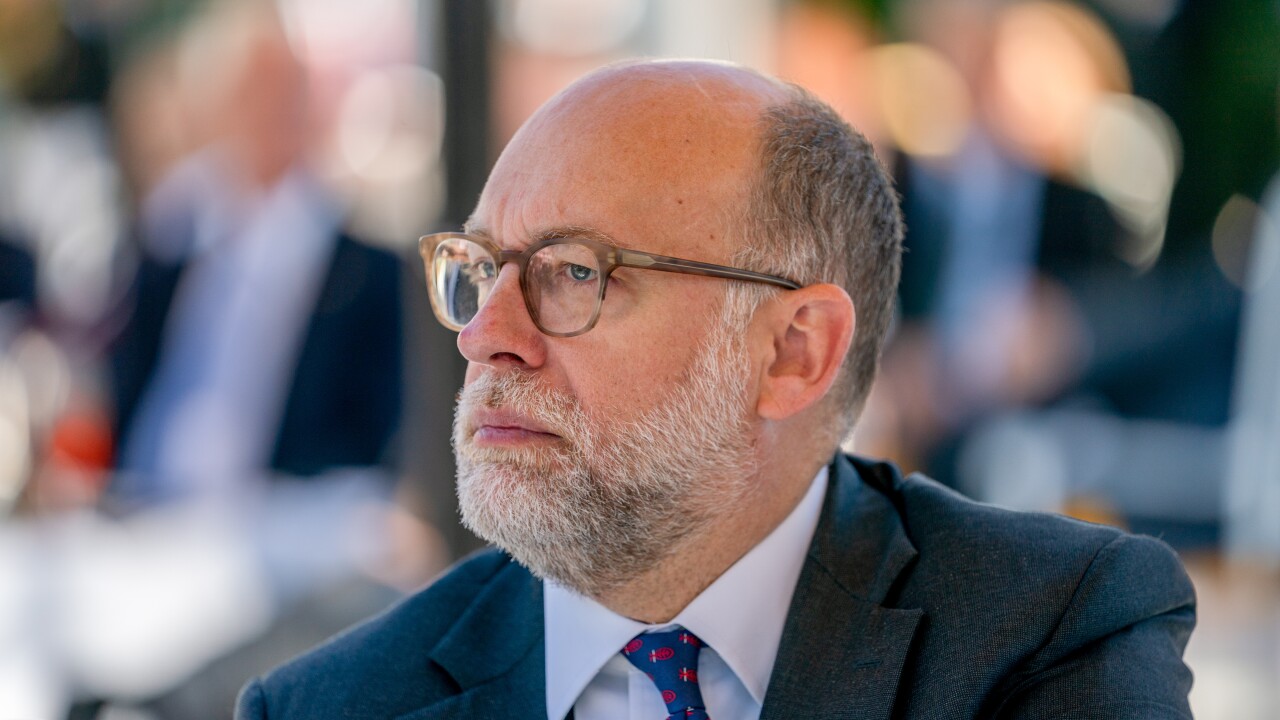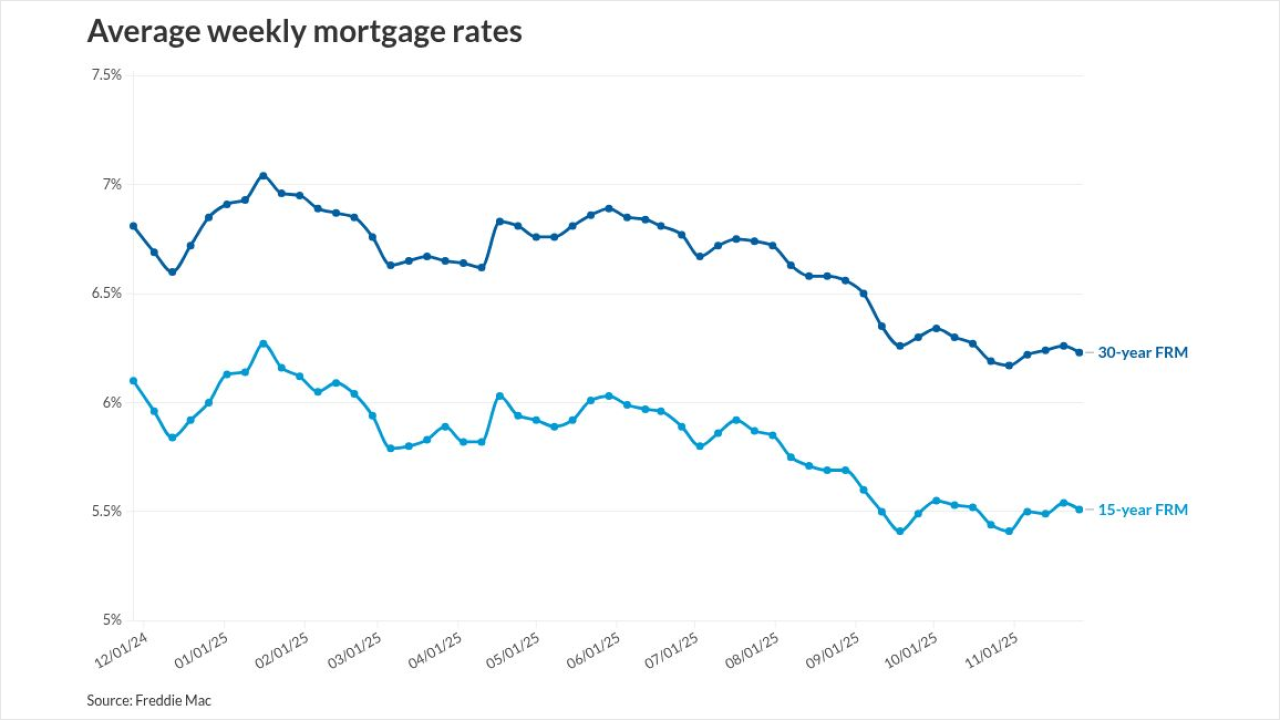A modernistic, mint-colored house at 1845 Deslonde St. in the Lower 9th Ward was on sale Wednesday for $85,000. It was listed as a bank foreclosure, which usually means the former owner couldn't pay the mortgage, so the bank took over the property and is selling it off at market value.
According to Dudley Leblanc, the real estate agent handling the sale, there were three offers from potential buyers and by the afternoon he expected the house would be under contract. Dudley said foreclosures happen in all neighborhoods.
"I don't care if it's the Taj Mahal," he said, "it can be foreclosed on."
None of this would be news, except for the fact that the mint-colored house is part of Brad Pitt's altruistic Make It Right development, which was certainly the most famous post-Katrina comeback story in the Lower 9th Ward.
Seeing one of the celebrated (and sometimes criticized) houses pop up on a real estate foreclosure list is a post-Katrina era punctuation mark. It's an exclamation of how audacious the Make It Right project was, and how important for the neighborhood and city. It's a stopping point to consider how much time has gone by, what's changed and what hasn't. And it leads to questions about where the project stands now.
The neighborhood around the Deslonde Street house was wiped out by the 2005 flood. The residents were scattered, the wrecked homes were bulldozed away, and the chances of ever rebuilding weren't good. But in 2007, Pitt, a part-time New Orleans resident, set out to, well, make it right.
Over the next decade, Pitt's nonprofit Make It Right constructed a cluster of more that 100 homes, designed by some of the world's most notable architects, including superstars Shigeru Ban, Thom Mayne, and Frank Gehry. The 1845 Deslonde house was designed by Billes Architects of New Orleans. The Redfin real estate website describes it as a "Make It Right, energy efficient home with too many features to mention..."
As the mass construction began in 2008, Make It Right sought out former neighborhood residents to return to the brand-new, ecologically friendly residences. The houses were deliberately sold at a loss, for an average of roughly $150,000 each, with financial assistance to make the mortgages affordable. At the tenth anniversary of Hurricane Katrina in 2015, Make It Right reported that the rebuilt neighborhood cost $26.8 million. The money to pay for the project came mainly from private donations and federal grants.
Pitt said he was proud of the massive building project that had brought vitality back to a battered corner of the Lower Nine.
"I'll tell you, every time I drive over the Claiborne bridge, no matter what frustration I might be dealing with at the moment, I get this well of pride when I see this little oasis of color and the solar panels," Pitt said in a telephone conversation in August 2015.
Make It Right had certain stipulations on its subsidized loans: Take the case of another home selling at 1932 Deslonde St.
Real estate agent Andrea Chambers said the original owner of the house passed away and her son is seeking to sell. But selling the Make It Right house has been a challenge because of a sort of catch-22. Chambers said the house is for sale for $164,000, but because of a 15-year pact with Make It Right, the house must be sold to someone with a relatively low income.
The buyer's income must not exceed 120 percent of the average median income in New Orleans, she said. For an individual, that's around $50,400, she said. The trouble is, most people who earn that amount can't qualify for a loan. So the house sits.
At the tenth anniversary of Katrina, Make It Right planned to finish 150 houses, but it's unclear in 2017 if they've succeeded or how close they've come. The whine of saws and pop of power hammers that once echoed through the neighborhood from construction sites were unheard on Wednesday morning.
Make It Right has not replied to questions about the current state of the project.





